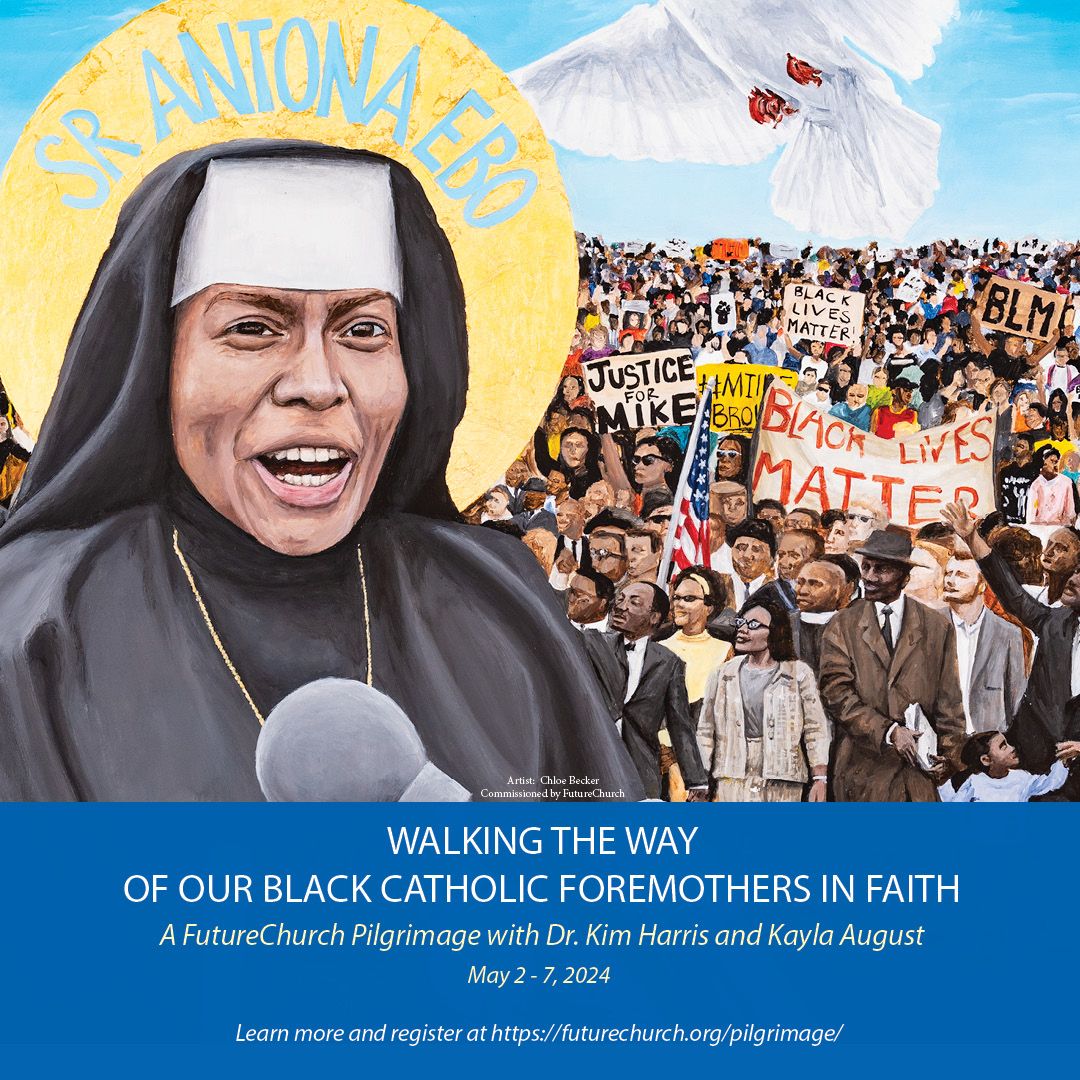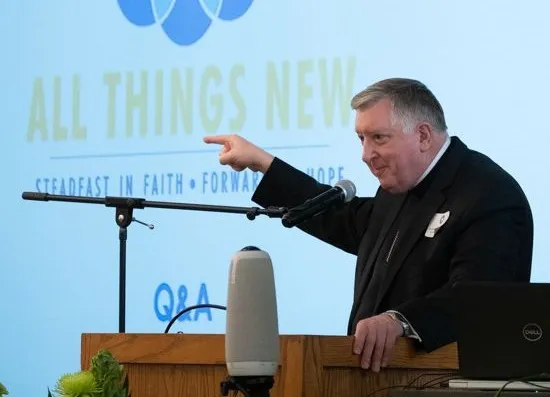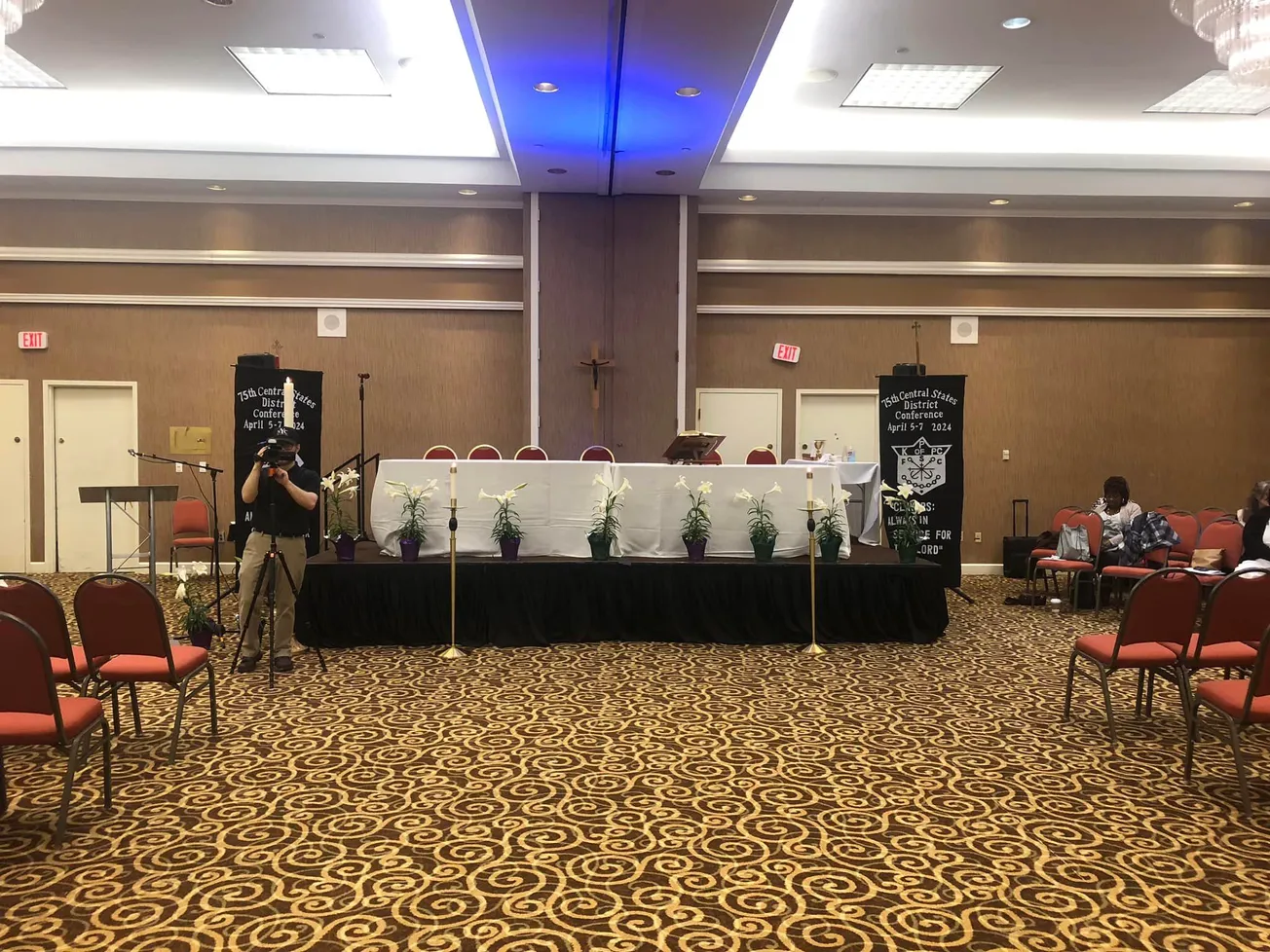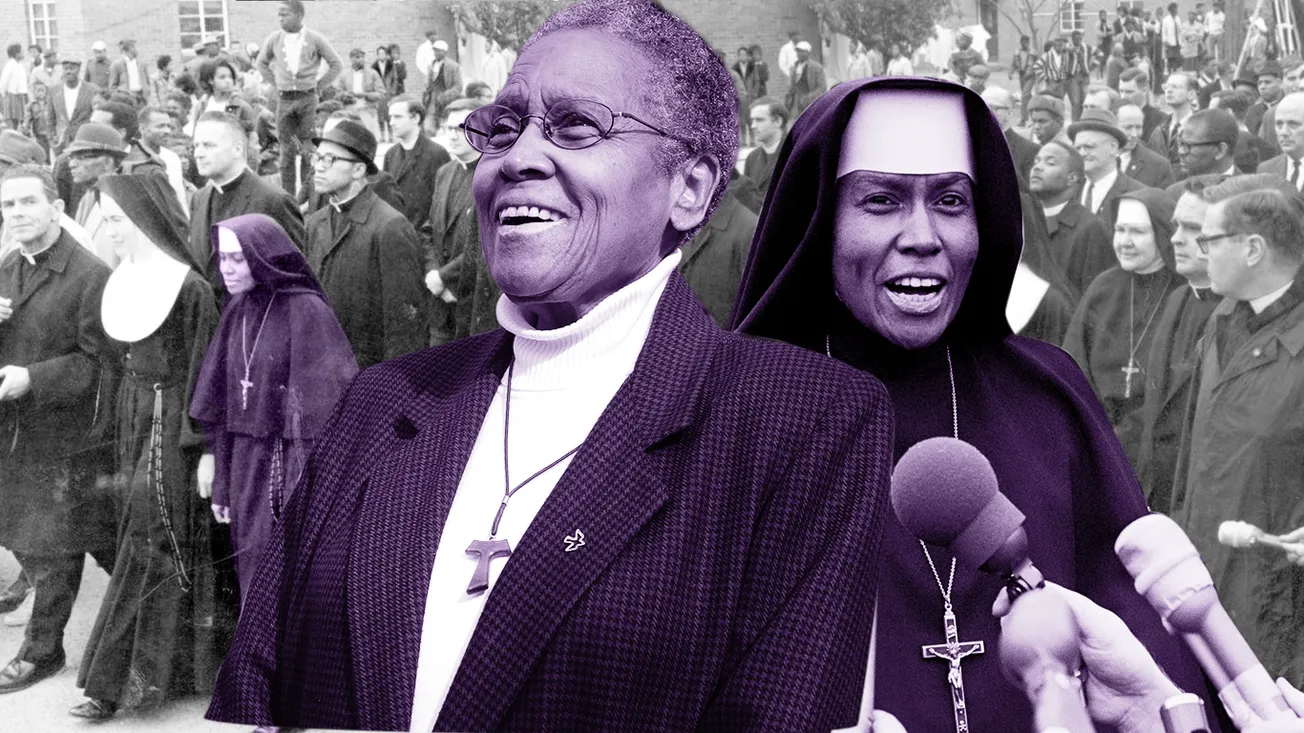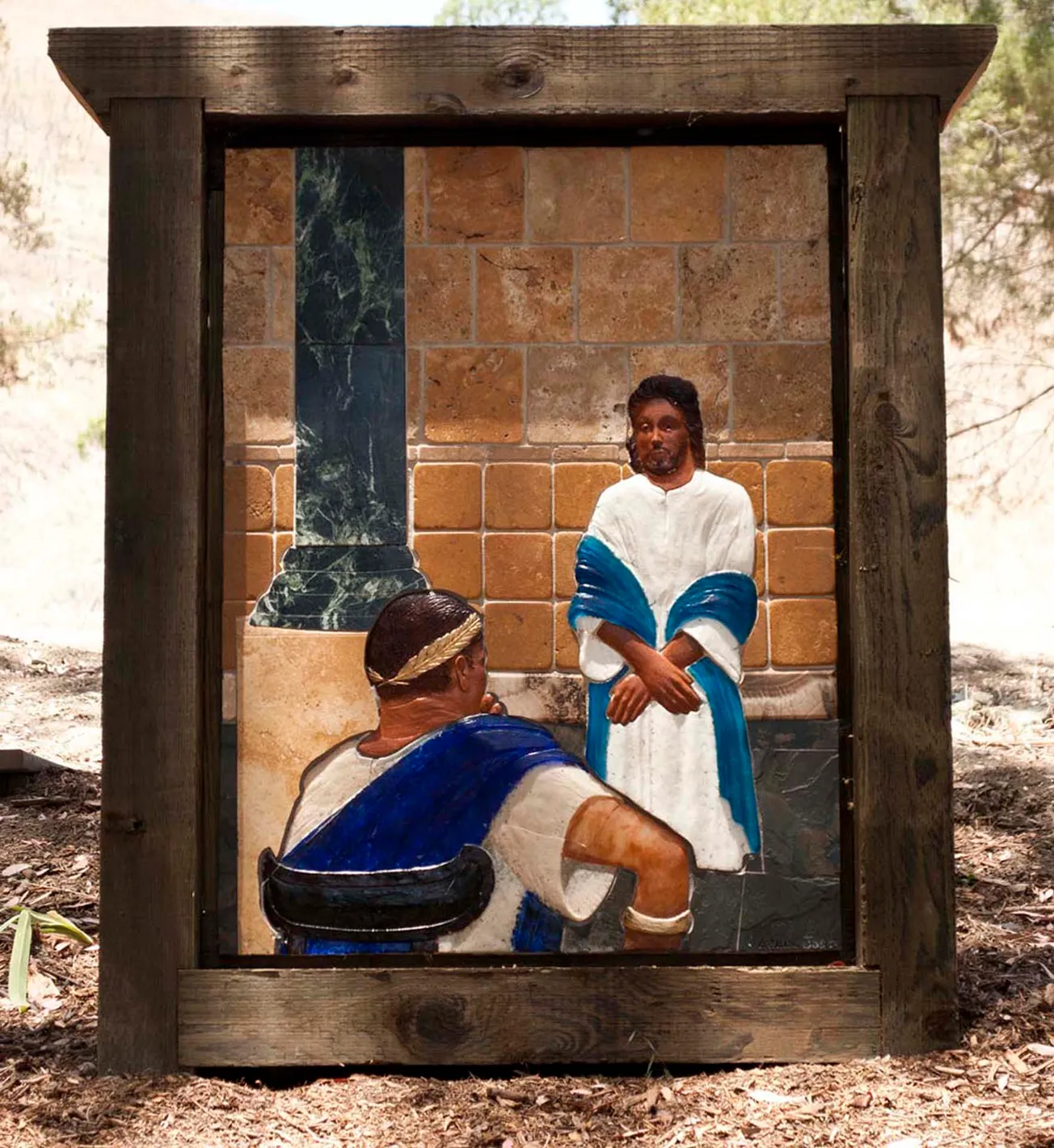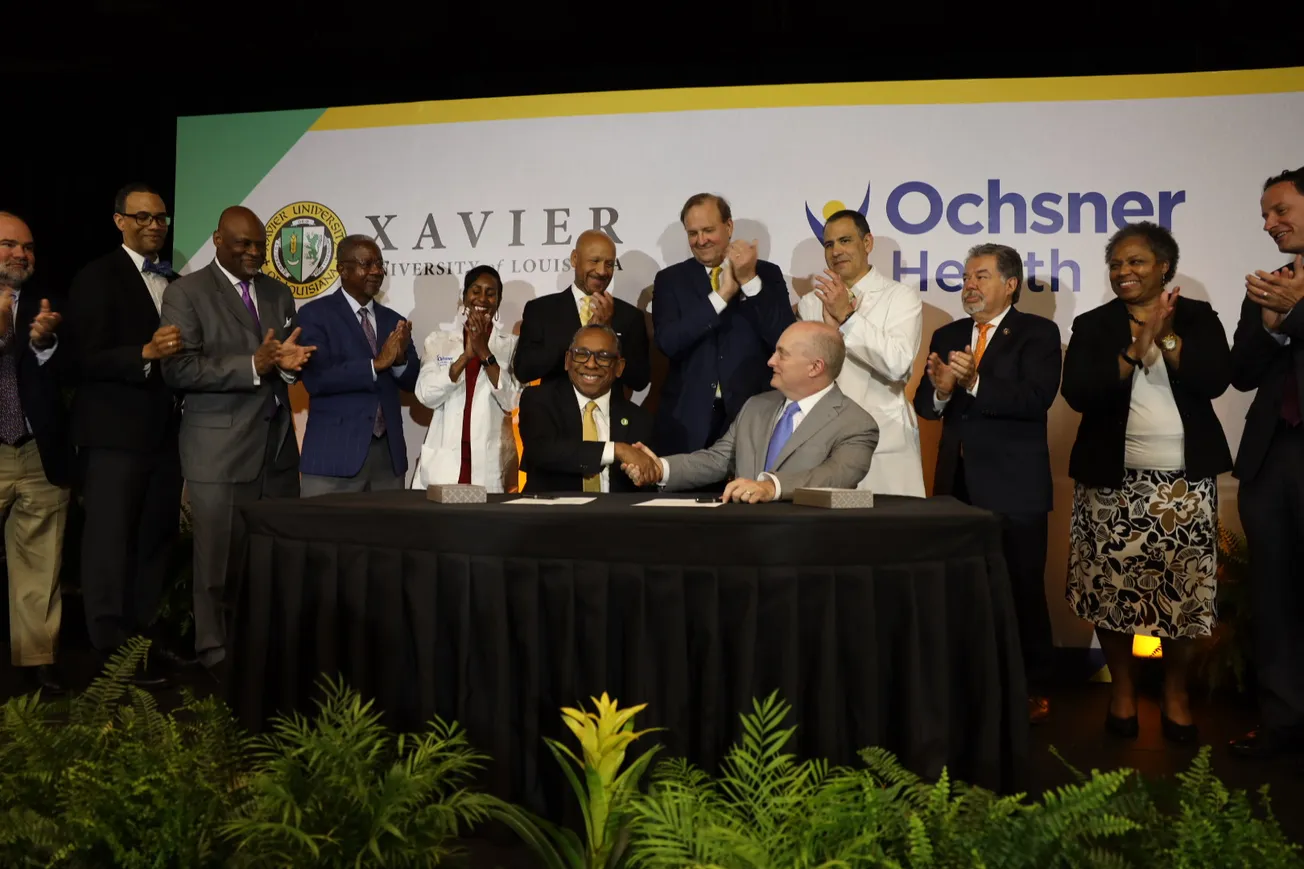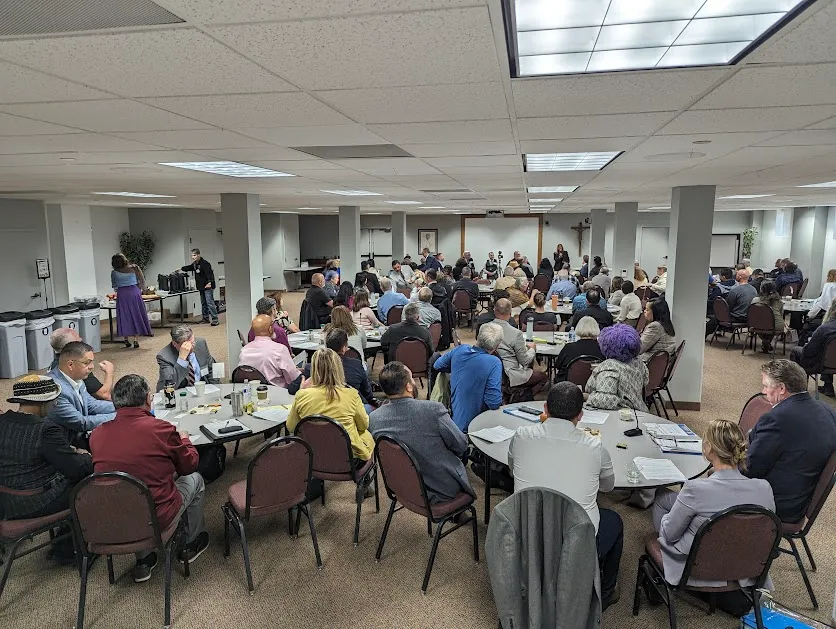On May 28, Pentecost Sunday, Archbishop Mitchell Rozanski of St. Louis released his decision on the future of the archdiocese. 70,000 parishes took part in the “All Things New” parish reorganization process. It has resulted in the planned closure of 35 parishes and the mergers of numerous others.
It took two years to complete the data-gathering and deliberation process. A decision to restructure the church was needed, they said. The reasons cited were a drop in donations, a shortage of priests, and a decline of Catholics attending Mass. White Flight was also a factor in the “Why people are leaving” fiasco, but this was not mentioned in the report.
The Catholic Church has been a force to be reckoned with. All through the years, it has been that castle on the hill. Even so, it is often only welcoming to some, with doors shut to others. The racism in the Church, for instance, has no bounds. After hundreds of years, racial inequality still exists. How does it change? And what sacrifices must be made to heal the institution?
For its part, “All Things New” is positive only in its title, it seems. Invented very high up in the Church, it is a mockery to people of color. Blacks are very familiar with the game of being displaced. Pushed into tidy little corners until someone sees fit to make a change. Church life disrupted, declining membership, church doors closed. And not long after, starting all over again.
Choices are made, concerning which church stays open and which one closes. Organizational activities are suspended. Finances—often cited in these escapades—are merely one of several key issues in churches closing. “All Things New” has done nothing new to claim success in this endeavor. The concept only sounds good. Where is the good for the congregations of color?
When a church shuts down in a neighborhood, it creates an economic disadvantage to the neighborhood. Churches are a visible and active part of community life. It creates a void in many people’s lives when they no longer exist. Moreover, under-utilized structures are prone to vandalism and become an eyesore in the neighborhood.
The main decision-maker for the archdiocese, of course, was money. So long as the offering baskets are kept full on Sundays, the Catholic Church hierarchy will do everything in its power to keep the privileged White congregations together. Why should an all-White, privileged congregation have to close their church doors? And why on earth should they even begin to upset the close-knit church life of people that look like them? After all, the “others” will bring unwanted change and major setbacks to their present-day experience.
Socialization and interaction with each other would be different. The change in church music would not be conducive to “reverent” liturgy. The travails of sitting together and a host of other thinly veiled racial euphemisms would militate against becoming a wholesome and united church community.
In “All Things New,” one major solution was to take all the struggling churches of color and combine them together. Yes, no worries! The Catholic church will keep “the “others” in their place. Keep four Black, struggling parishes contained and combine them together. Then again, what happens if neither of the churches are financially able to survive? Do they become more crumbling foundations in the neighborhood?
While visiting a nearby church with a majority-White congregation, one of the members there asked why our African-American congregation did not appeal the decision to close our church?
I was taken aback. To ask the question was a no-brainer, and yet there we were. I have since come to the realization that sometimes our busy lives prevent us from staying on top of many important things that impact our lives. Plus, the reorganization process took place during the COVID-19 pandemic and many people were not attending Mass. As such, “All Things New was not a transparent process for everyone.
Indeed, it was the best-kept secret in the Church world before its unveiling, and today remains opaque. Its planning participants were secretly chosen. When many church members inquired of their pastors how they could become part of the process, the deed was already done. Many were picked because they are agreeable people. The yes-men and yes-women that would not upset the applecart. Many parishioners felt left out and abandoned.
It is true that dissatisfied members of the faithful can appeal the decisions of “All Things New.” It is not, however, something parishioners can challenge on their own. Lawyers were needed, and the appeal had to be addressed to the chancery no later than June 12. No emails or phone calls were accepted. Some were not aware and may have missed this deadline to appeal. Save Rome of the West is one group that did meet deadlines, and their work resulted in the (likely temporary) suspension of several parish closure decrees.
St. Elizabeth, Mother of John the Baptist Church was one of the parishes merged in the new plan. It is one of the most beautiful churches in St. Louis. However, the church was beset by many unfortunate circumstances. A severe storm destroyed the bell tower and flooded the church last year. It already had structural problems. When the pastor was approached, reminding him of all the grants available for situations like this, he stated that the church had insurance. Now they refuse to repair the church because of “All Things New.”
It is all very heartbreaking. The Catholic Church is not broke by any means. Yet they do not want to save churches that are not financially viable for them. Never mind the forgotten sheep.
Apparently, the shepherds of the sheep have far better grazing grounds to tend. Besides, they might lose the sheep they see as so vitally needed to maintain the Church’s coffers and culture. Never mind the Black sheep so vitally needing to be fed.
If a religion that once owned slaves turns its back on the people who have built the churches brick by brick and continues to enable many wrongs, how can it be a home to Christian people? It would become a rogue church and a sin against God. It would not be a place for Christian worship.
The rules of God are simple. Love, honor, and obey. If you do not love your neighbor, give glory to God, and minister to the downtrodden, how does one, as a shepherd of the sheep, have Christ in their heart? A church built on hypocrisy is a lie. Mighty foundations have already tumbled to the ground. If the Catholic Church continues to make a mockery of the people’s lives, there will be dire consequences.
History will tell you that Black people and people of color have endured much in the name of religion. Many people are leaving the church. Some young people never set foot in a church. Where will they worship? Will the streets become their religion?
The Catholic Church is supposed to be an example of Godliness to us all. We must realize the inevitable: there can be no church without a church congregation. Does “All Things New” have a plan for empty pews?
Dorothy Dempsey is a senior citizen who loves to write. She thanks God for allowing her to share this gift through published articles in The St. Louis American, St. Louis Post Dispatch, Belleville News, St. Louis Catholic Review, and in various books.
